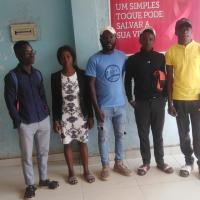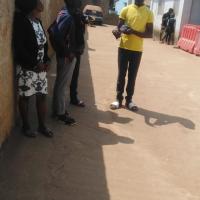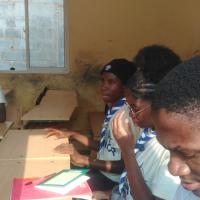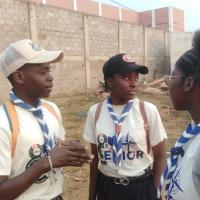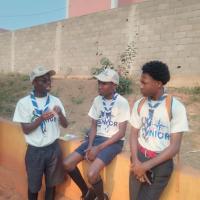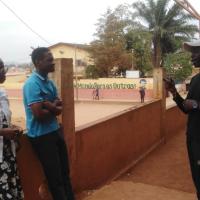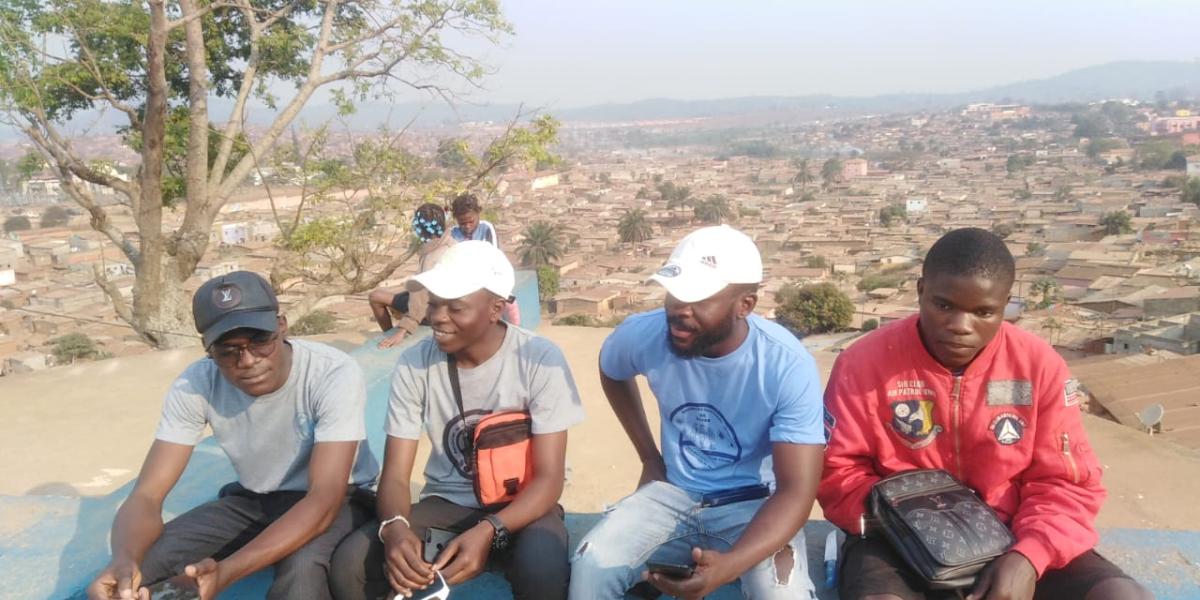
Transforming Angola, One Bond at a Time
Once upon a time, a young man named Filipe Pedro faced the challenge of a lifetime: to coordinate the Kambas do Peito project in his home province of Cuanza Norte, Angola. He was newly married and struggling to support his family, but he believed in the power of a single idea: that friendship could change a community.
Filipe started alone. He trained the first five "Kambas," a term for trusted friends and brothers, who in turn each selected five more. This cascade model, built on personal relationships, was the project's secret weapon. It wasn't about massive public campaigns, but about individualized, confidential support. The project's first four generations grew from 1 to 5 to 25 to 125, reaching a total of 156 young people. Each new Kamba was mentored by a "Kamba Pai," or "father Kamba," creating a living network of trust and care.
The early focus was on building this foundation. The team decided to make a strategic move: they produced all the training and identification materials for future generations in bulk. This upfront investment, while causing a temporary mismatch between spending and participant numbers, was a brilliant choice. It drastically lowered the unit cost for each kit, ensuring the project could support thousands of new members as the network grew exponentially.
With a solid foundation in place, the project's impact began to show. The Kambas delivered over 100 lectures in schools, churches, and markets, reaching over 1,500 young people with critical information on sexual and reproductive health. The numbers revealed a powerful truth: 95% of members now know their HIV status, and 80% have adopted contraceptive methods. But the greatest success stories were personal: like the young man who once hid his HIV status and now leads awareness sessions, or the young woman who, through the project, found the confidence to choose her own future.
As the project prepared for its fifth generation, with an ambitious goal of 625 new members, its initial phase of quiet growth was complete. The early investment in training and materials had paid off, and the project was now poised to "explode" in visibility and reach. What began as a dream to train five young men had become a powerful movement, a testament to the idea that by empowering a few, you can bring hope to many.
Location
Topics
Health lifestyles
Sexual and reproductive health
Interpersonal skills
SDGS
